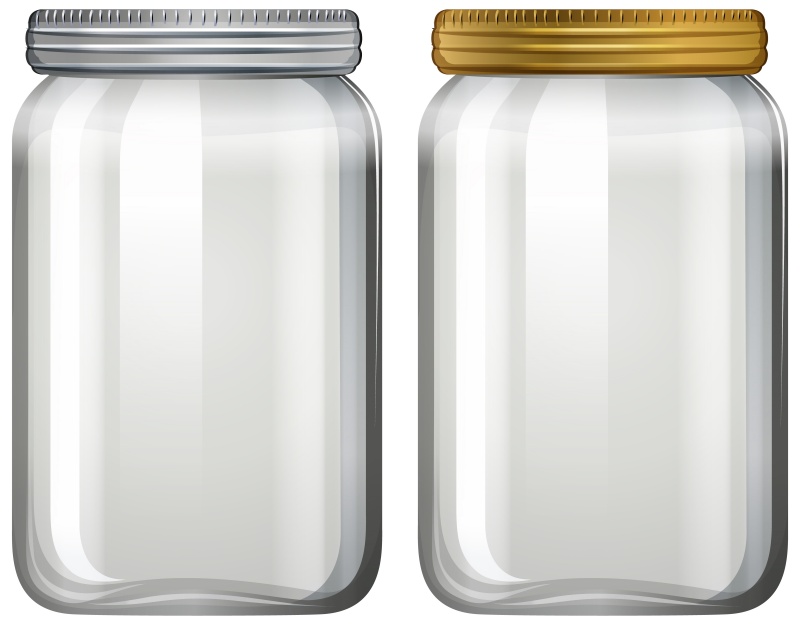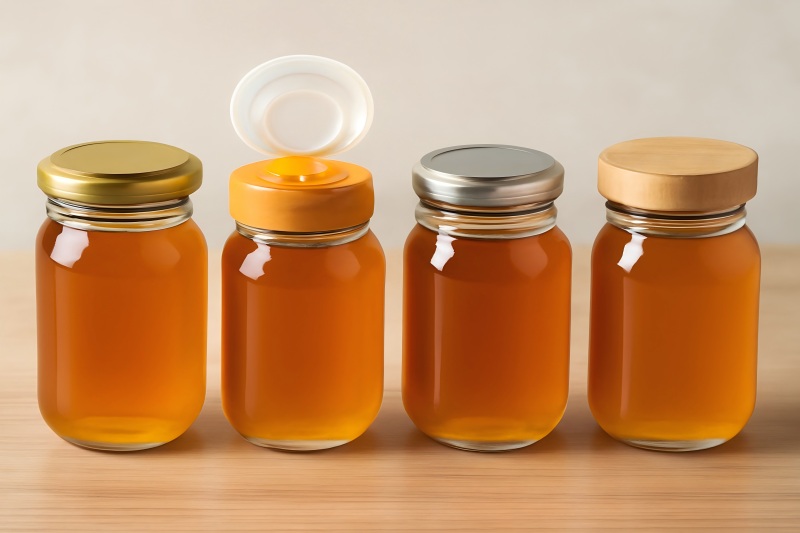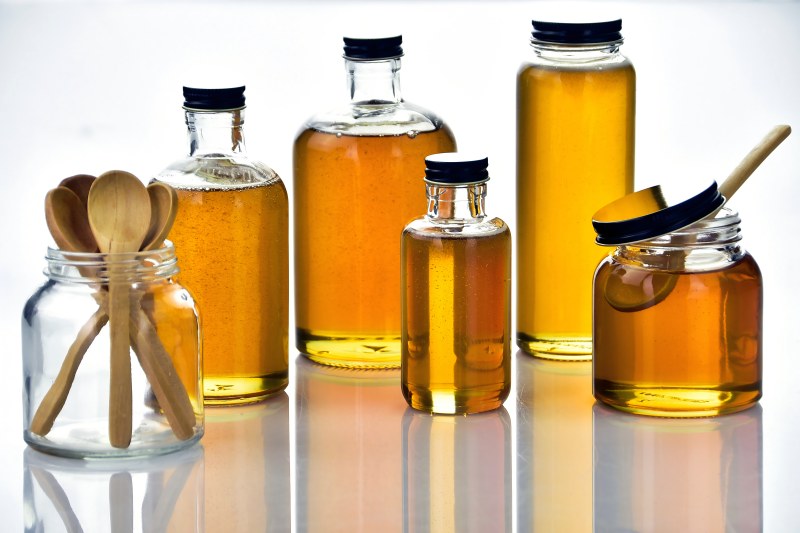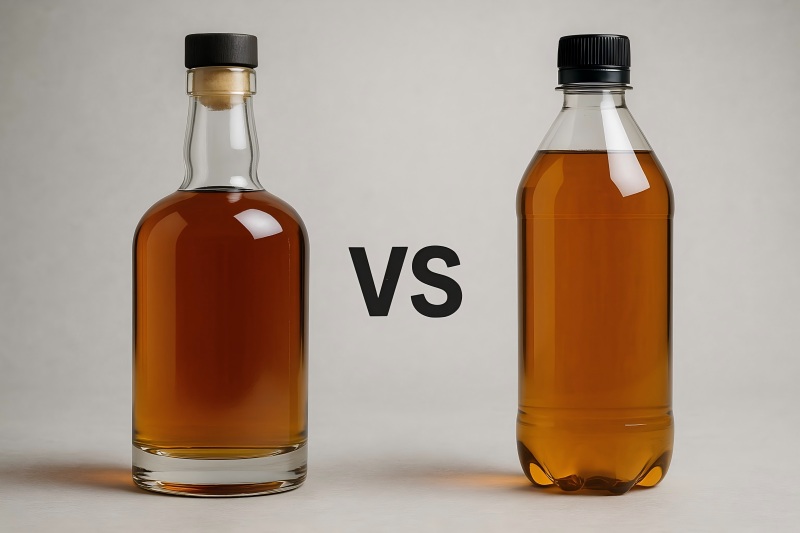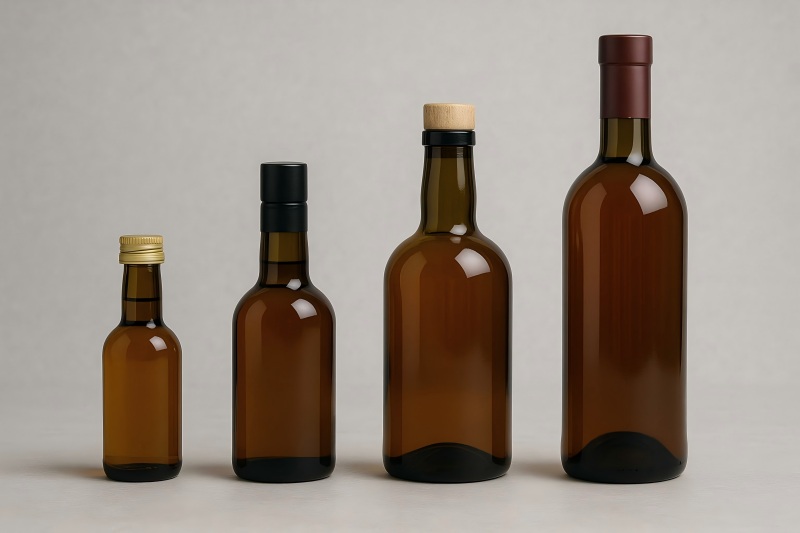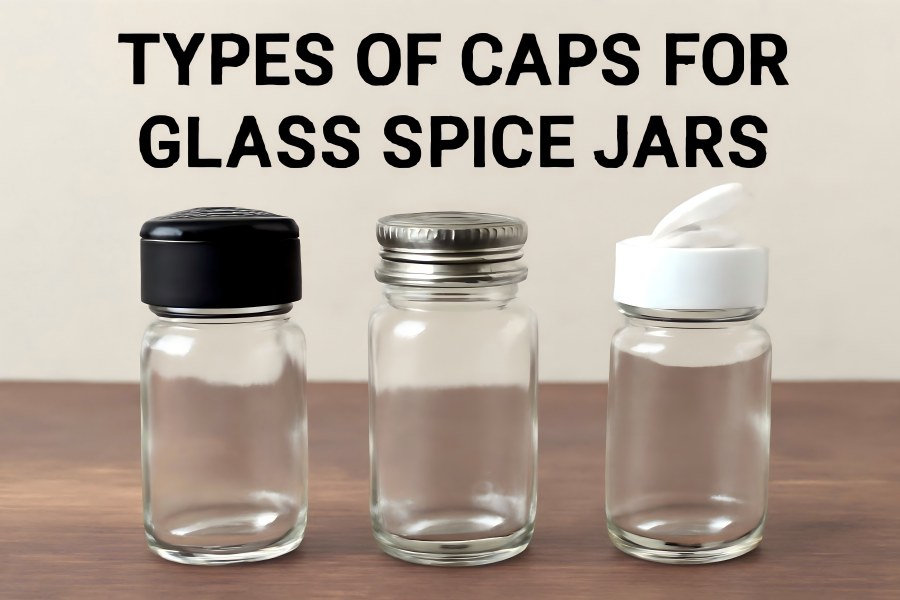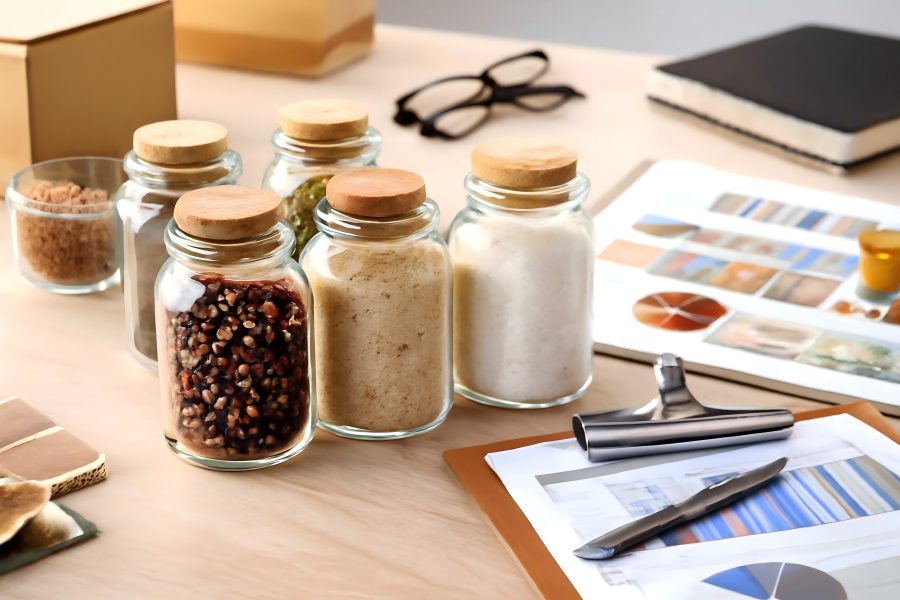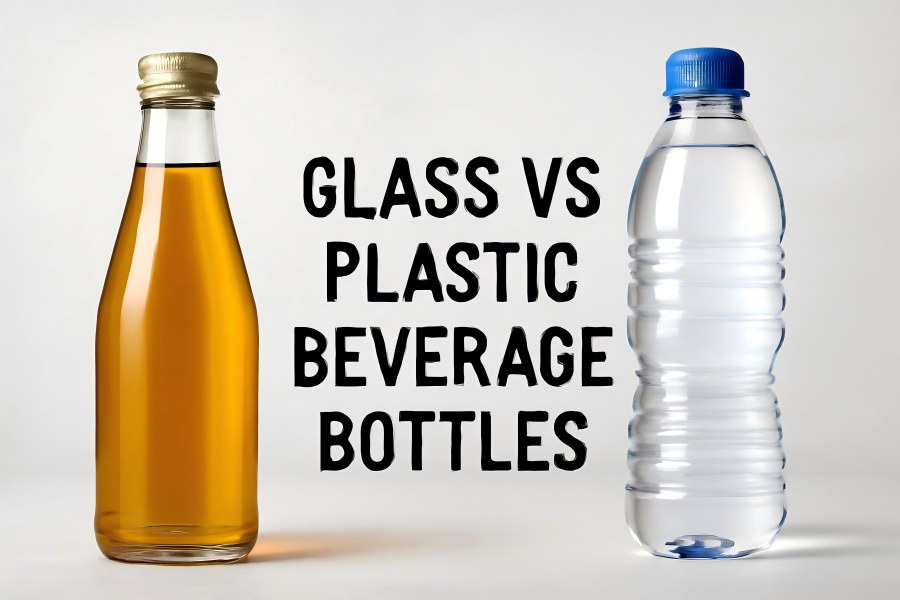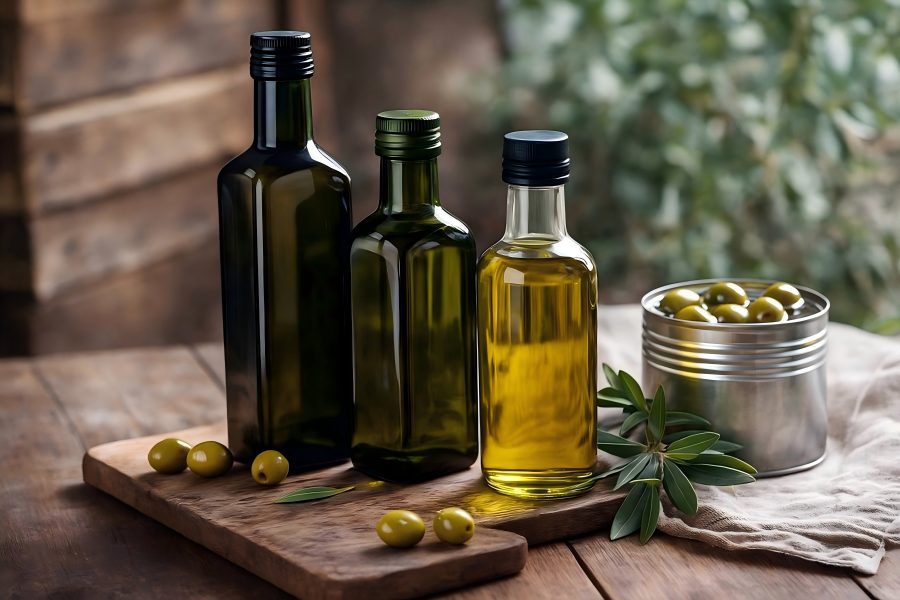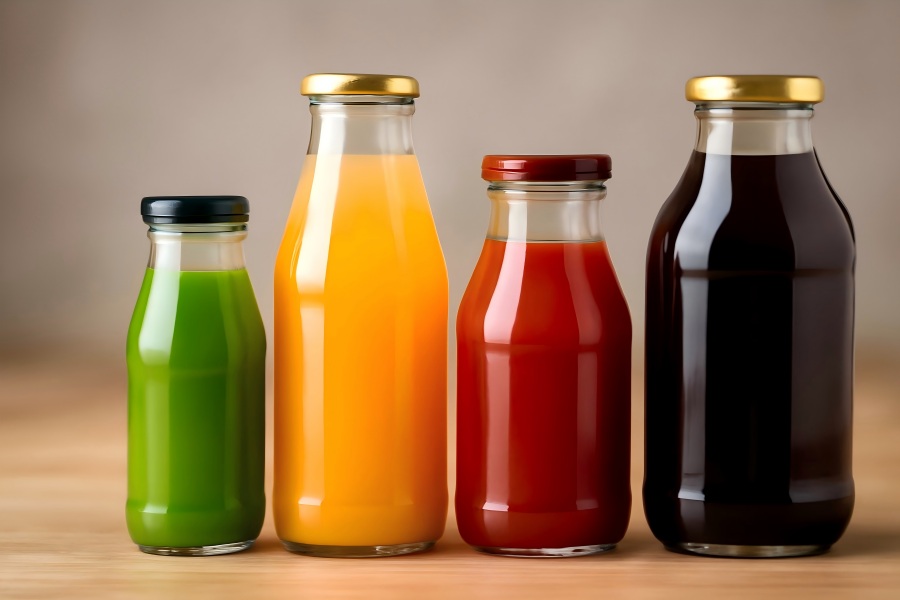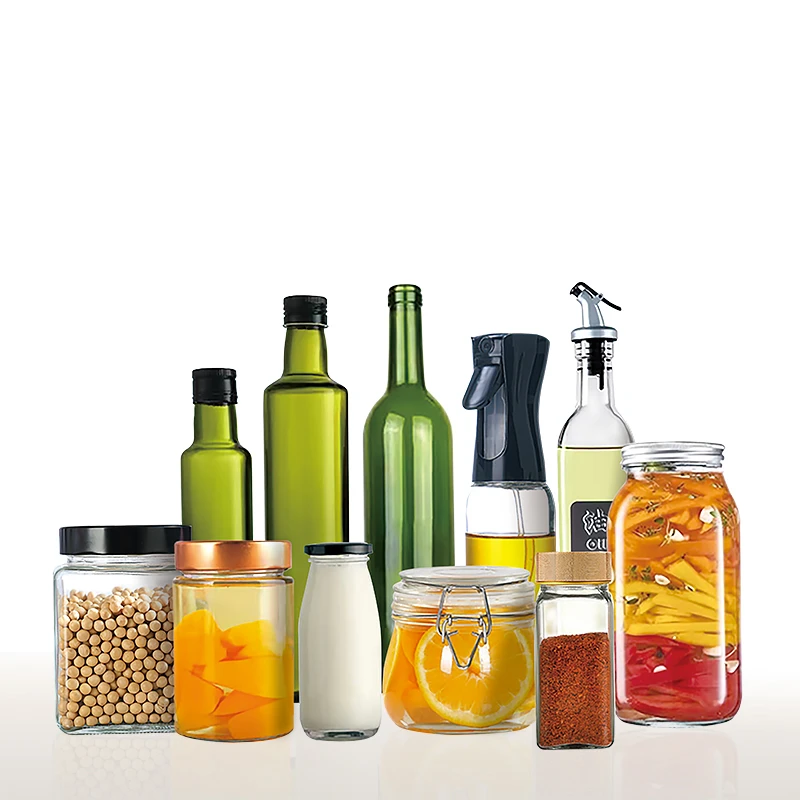A Complete Guide to Different Types of Mason Jars
Mason jars have long been a symbol of rustic charm, sustainability, and practicality. From preserving garden-fresh fruits and vegetables to serving drinks at weddings and storing dry goods in zero-waste kitchens, these versatile glass containers are now essential across home and commercial settings alike. However, it might be overwhelming to choose the proper kind of mason jar because there are so many variations available.
This guide explores the different types, sizes, lid styles, and materials of mason jars to help you find the perfect match for every use.
A Mason Jar: What Is It?
Mason jars are made of molded glass and are used for home canning, which preserves food. Originally patented by John Landis Mason in 1858, the design features a threaded neck and a two-piece lid system—comprising a flat lid with a rubber seal and a screw-on band—to create an airtight vacuum seal during the canning process.
Mason jars have been used for purposes much beyond their original usage, but canning is still a common one. In 2025, they serve roles in home décor, drinkware, craft storage, fermentation, and bulk retail.
Key Benefits of Mason Jars
Before diving into the types, it’s helpful to understand why mason jars remain so popular:
- Durable and reusable
- Free from harmful plastics and BPA
- Air-tight and leak-proof with proper lids
- Dishwasher and freezer safe
- Elegant design for both utility and display
- Available in many sizes, styles, and colors
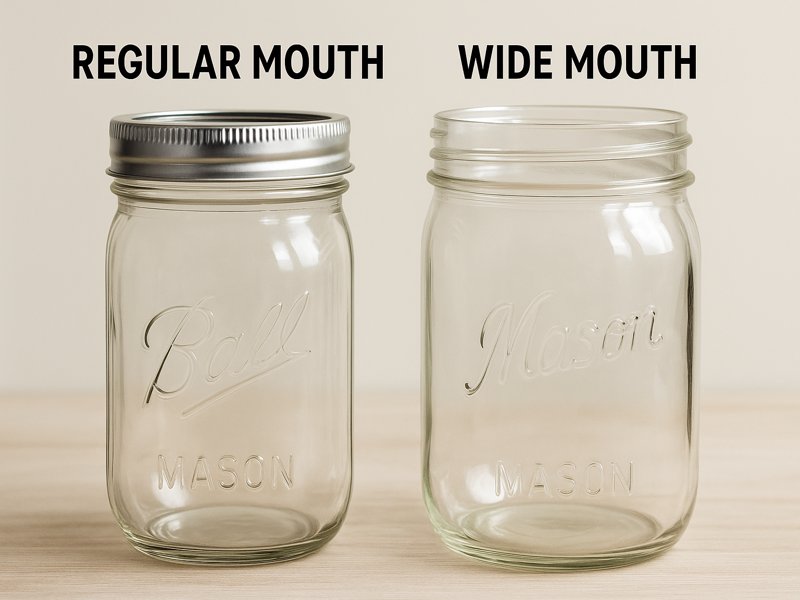
Classification by Mouth Size
1. Regular Mouth Mason Jars
- Opening Diameter: ~2.375 inches (60 mm)
- Best For: Liquids, jams, jellies, sauces
- Advantages: Easy to pour, ideal for small contents
Regular mouth jars have a narrower opening, which makes them suitable for pouring liquids or storing items like pickles and preserves. Their compact neck makes sealing tight and secure.
2. Wide Mouth Mason Jars
- Opening Diameter: ~3 inches (76 mm)
- Best For: Whole fruits, vegetables, soups, dry storage
- Advantages: Easier to fill, clean, and scoop from
Wide-mouth jars are ideal for bulky items or fermenting since you can reach inside them easily. They’re also great for layered salads, desserts, or even as beverage containers.
Classification by Size
Here are the most common mason jar capacities, along with their popular uses:
| Size | Volume (mL) | Best Uses |
| 4 oz | 120 mL | Gifts, spices, sample jars |
| 8 oz | 240 mL | Jams, sauces, candles |
| 12 oz | 355 mL | Salsas, dips, drinkware |
| 16 oz | 475 mL | Pickles, iced coffee, craft storage |
| 24 oz | 710 mL | Soups, salads, and small fermenting |
| 32 oz | 950 mL | Preserving, kombucha, dry goods |
| 64 oz | 1.9 L | Bulk storage, fermentation, zero waste |
| 128 oz | 3.8 L | Commercial use, decorative storage |
Larger jars are commonly used in fermenting (like sauerkraut or kimchi), brewing, or bulk pantry storage, while smaller jars are ideal for gifts and canning smaller quantities.
Classification by Shape
1. Straight-Sided Mason Jars
- Design: Smooth, cylindrical walls
- Advantages: Stackable, easy to label, dishwasher friendly
- Best For: Freezing, dry goods, crafting
Because they lack shoulders, straight-sided jars are freezer safe and easier to clean.
2. Shouldered Mason Jars (Quilted or Tapered)
- Design: Traditional silhouette with sloping shoulders
- Advantages: Classic look, helps food settle for better preservation
- Best For: Canning, jams, sauces
The shoulders help with vacuum sealing but can make cleaning or pouring slightly harder than straight-sided jars.
3. Quilted Crystal Jars
- Design: Embossed glass patterns resembling quilting
- Advantages: Aesthetic appeal, great for gifts
- Best For: Spreads, candles, wedding favors
These jars are often used in premium packaging or homemade products due to their decorative design.
Lid Types and Materials
1. Two-Piece Lids (Standard Canning)
- Components: Flat metal lid + threaded metal band
- Best For: Hot water bath or pressure canning
- Pros: Reliable seal, FDA approved
- Cons: Rust-prone, single-use lid tops
This traditional lid style is required for safe long-term food preservation.
2. One-Piece Lids
- Components: Screw-on cap with built-in rubber gasket
- Best For: Dry storage, short-term refrigeration
- Pros: Convenient, reusable
- Cons: Not safe for pressure canning
Available in both plastic and metal, these lids are good for kitchen use or gift jars.
3. Flip-Top or Hinged Lids
- Design: Clamp or hinge attached to the jar with rubber gaskets
- Best For: Dry goods, drinks, bulk spices
- Pros: Airtight, visually appealing
- Cons: Not canning-safe
Often used in European jar styles like Weck or Le Parfait.
4. BPA-Free Plastic Lid
- Pros: Rust-free, microwave safe, dishwasher safe
- Cons: May not seal as tightly as metal for preservation
Popular for freezer use and leak-resistant storage of leftovers.
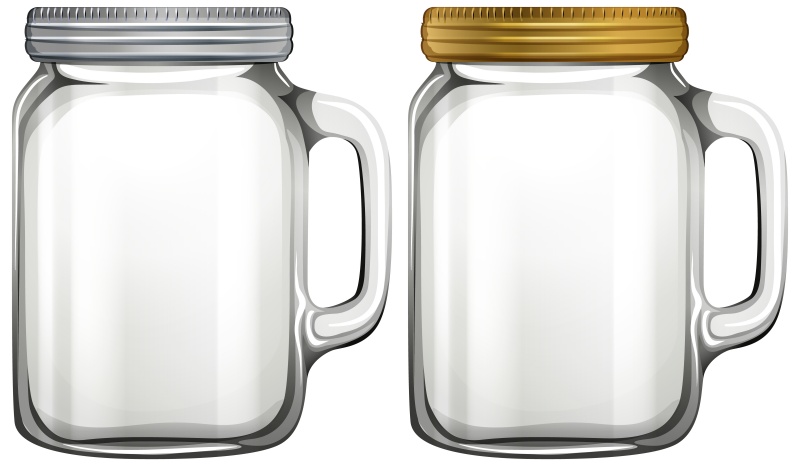
Specialized Mason Jars
1. Mason Jars with Handles
- Use: Drinkware for coffee, beer, cocktails
- Often Comes With: Straw hole lids or silicone sleeves
- Best For: Rustic cafes, DIY drink bars, gifts
2. Mason Jar Mugs
Similar to handled jars, but often come with thicker glass for durability. Perfect for branding and events.
3. Colored Mason Jars
- Colors: Blue, amber, green, clear, or frosted
- Functionality: Aesthetic value + UV protection (amber jars)
- Popular In: Floral arrangements, candles, themed packaging
Amber jars, in particular, protect light-sensitive contents like tinctures or essential oils.
4. Mason Jar Soap Dispensers
- Feature: Fitted with pump lid
- Application: Kitchen and bathroom accessories
- DIY Tip: Buy conversion lids to turn standard jars into dispensers
5. Fermentation-Ready Mason Jars
- With Accessories: Airlock lids, silicone grommets, weights
- Use: Pickling, kombucha, kimchi, kefir
- Tip: Wide-mouth jars make removal and cleanup easier
Mason Jars vs. Other Storage Jars
| Feature | Mason Jar | Clip-Top Jar | Plastic Container |
| Material | Glass | Glass | Plastic |
| Canning Safe | Yes | Usually no | No |
| Lid System | Two-piece or screw | Clamp and gasket | Snap or twist lid |
| Microwave Safe | Lid off: Yes | Often yes | Some types |
| Dishwasher Safe | Yes | Yes | Often |
| Visual Appeal | High | High | Low |
Creative and Modern Uses of Mason Jars
- Meal Prep: Layered salads, overnight oats, chia puddings
- Crafts: Paint storage, terrariums, snow globes
- Home Décor: Candle holders, flower vases, fairy light containers
- Retail Packaging: Homemade sauces, bath salts, spice mixes
- Organization: Nails, buttons, herbs, office supplies
Mason jars’ aesthetic and utility make them a favorite for upcycled and eco-conscious lifestyles.
Sustainability and Environmental Impact
Glass mason jars are reusable, recyclable, and free from toxins—making them a go-to for sustainable living. When paired with zero-waste refilling stations or homemade goods, they significantly reduce single-use packaging. In 2025, many brands are even shifting to packaging dry foods and ready-to-eat meals in returnable glass jars.
Choosing the Right Mason Jar for You
When selecting mason jars, consider the following:
- Purpose – Canning? Dry storage? Serving beverages?
- Size – Match the jar volume to your contents.
- Mouth Style – Wide mouth for easy access; regular mouth for liquids.
- Lid Type – Reusable plastic or traditional two-piece?
- Aesthetic – Colored, clear, quilted, or vintage?
- Quantity – Buying in bulk saves costs for crafts or canning season.
Mason jars are more than simple glass containers—they’re versatile tools that blend functionality, tradition, and modern sustainability. Whether you’re preserving this summer’s strawberry jam, curating rustic wedding décor, or decluttering your kitchen with zero-waste storage, there’s a mason jar for every purpose. By understanding the different types, sizes, and materials, you can choose the best jar for your needs—and maybe even spark a new hobby or small business along the way.

